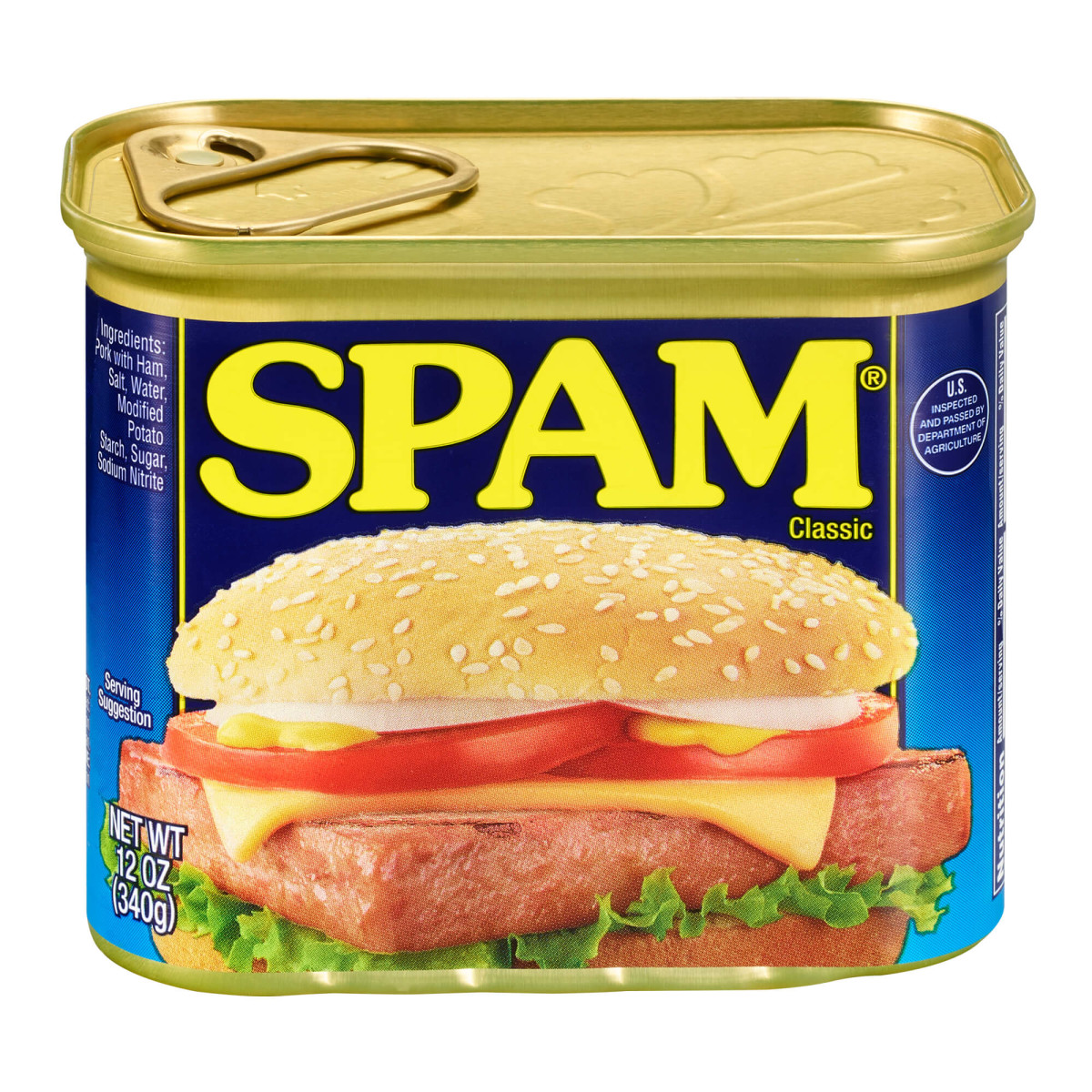Ah Spam, once a can of what is often generously described as meat, now the bane of every email user’s life.
We all know how annoying this is: you go into your inbox and a good portion of it is made up of offers for products you don’t need/want/understand, invitations to connect with suspiciously friendly young ladies, and requests for money from foreign dignitaries. The quickest and easiest thing to do is to mark the email as Spam: that way you won’t hear from them again right?
The problem is that we tend to be a little too trigger happy with the Spam button. You see we will often sign up to email services and then forget we’ve done it. A few weeks later, after a couple of dozen emails from the shop/website/newsletter in question and we get annoyed and send it to Spam. In order to stop this sort of inbox interference we ask our IT Company to tighten up our Spam filter.
The knock on effect of this is that the filter becomes too tight and we miss out on important emails. For example you might mark advertising emails from supermarket A as Spam, but then not be notified about your confirmation of delivery from supermarket B. Because they have similar parameters, both have been caught by your newly tightened Spam filter.
So how do we get around this? Well first of all we need to start being a little more mindful about what we’re signing up to! Then, if we’re bombarded by emails from what is an otherwise reputable company, we must get into the practice of unsubscribing from their mail list. Yes it can take a few seconds longer, but it means that we won’t be missing out on important information that’s been mistaken for spam.
If in doubt, there are a few things that can help you tell the difference between malicious Spam and an over-zealous marketing campaign…
A genuine email will likely have the following attributes:
- It will say it’s from “company x” and the email address will confirm this (rather than being a dodgy looking collection of letters and numbers)
- It will be sent to a specific individual not a group email address
- It will contain a valid subject that is not too abstract, and is written in proper English
- It will have some pictures and some text in a nicely formatted, graphic design
A good Spam filter will reduce ‘actual’ Spam by around 60-70% but computers aren’t yet clever enough to be able to tell the difference every time and until they are, it’s up to us to take responsibility for the mail we’re receiving.
Just keep an eye on what’s in your inbox and remember, if you’re sent an offer that seems too good to be true, it probably is!


